Mary Colwell, a producer at the BBC natural history unit, is on a mission: to save the British curlew from extinction. Yet there is a key moment in this readable, highly informed and heartfelt book, when its author shows you the scale of her challenge. It is at the beginning of her 500-mile trek across Ireland, Wales and England to raise the flag for the totem bird.
She goes to a school in Ballinamore in the heart of rural Ireland — where curlews would once have been abundant — and is asked to address a classroom of 17- to 18-year-olds. The pupils are taking their final exams in agriculture and the environment. Yet not one of them has even heard of a curlew, let alone seen one or listened to its heart-piercing spring vocalisations. These are the future farmers of Ireland. How can they possibly care, or do something for, a species of which they know absolutely nothing?
It is now only people of a certain age who can recall occasions 40 years ago when Europe’s largest wading bird was a daily part of our lives. Then the bird was ubiquitous on British coasts in winter, where they were once hunted for the pot. Even a generation ago curlews were celebrated as a fixture of the farmed landscape, especially in the uplands. Not now.
The ‘official’ UK population is 66,000 pairs, but Colwell believes that less than half this number remains. Across Europe curlew numbers have also fallen in recent decades and the bird is threatened with global extinction. All this is shocking; but it is the picture in certain former strongholds that is most troubling. In Ireland, the bird is down 95 per cent, with just 130 pairs remaining of the many thousands that once bred there.
The reasons are simple — agricultural intensification and habitat loss. Colwell notes of farm practice: ‘When it changed from manual to mechanised, organic to chemical, hay to silage, it spelled disaster.’
What seems more avoidable is the Irish consumption of its own raised bogs. These quaking, aqueous and seemingly barren places were once curlew heaven. Today, however, Irish energy companies burn by dry weight 3.8 million tonnes of turf a year. As Colwell notes, in a carbon-affected climate, this is a double indulgence. Burning peat releases high levels of greenhouse gases, but it also destroys habitat that is better at carbon sequestration than any other landform, including rainforest. Setting aside the larger issue that a nation incinerating its own soil is on an unsustainable trajectory, Colwell points out how this has been catastrophic for Irish curlews.
Before readers this side of the Irish Sea start to feel complacent about the problem, the author points out that there may be as few as 300 pairs of curlew left in all southern England, while Wales has lost four-fifths of its birds in just 25 years. Basically the species is in free fall everywhere.
Colwell might be a woman with a mission but this is by no means just another ecological lament. She is neither self-indulgent nor despairing. The prose is brisk, the tone direct and the unadorned facts are delivered straight. She is particularly brave to confront the issue of predator control, particularly the need to cull foxes and crows, which are having a devastating effect on some populations.
In certain environmental quarters the case for killing other varieties of our wildlife in the interests of curlews is likely to go down like a lead balloon. Yet at all times Colwell is even-handed and sympathetic in her approaches, whether they are to bored school kids, unrepentant farmers or to heartfelt supporters of her cause.
This might be a practical book, but Colwell has lovely poetic insights too. At one point she observes how the birds’ trembling summer song — the curlee-curlee that gives the bird its name — and their extraordinary long decurved beak, are both equally inflected. She notes further that the impact of hearing one is ‘usually fleeting, overwhelming, always complicated, always layered’.
The book reminds us how this song of desolate joy is omnipresent in our literature. Colwell’s journey through Britain is peppered with topographically relevant folk tales or fragments of poetry that explore how curlews have stirred the human heart. A.W. Bullen writes:
Such trifling themes as life and death
Are kept in Curlew’s calls.
In a sense all this poetry is part of Colwell’s wider environmental purpose, reminding us that biological loss has its counterpart within us all. If curlews should disappear, then the British people are equally diminished.
Got something to add? Join the discussion and comment below.
Get 10 issues for just $10
Subscribe to The Spectator Australia today for the next 10 magazine issues, plus full online access, for just $10.
You might disagree with half of it, but you’ll enjoy reading all of it. Try your first month for free, then just $2 a week for the remainder of your first year.

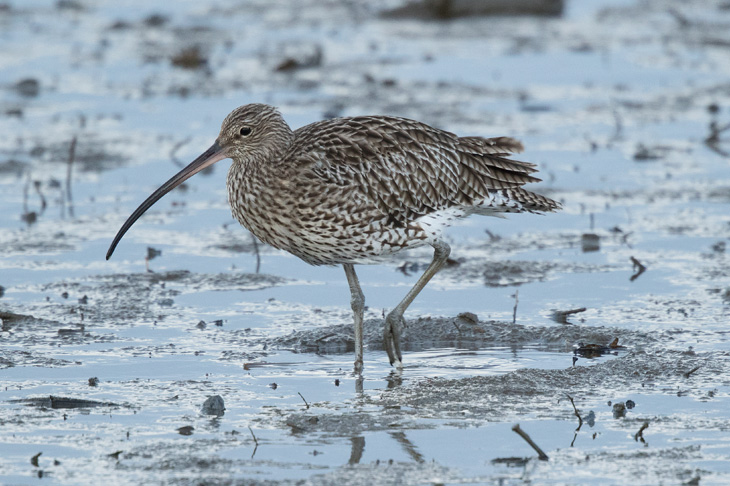
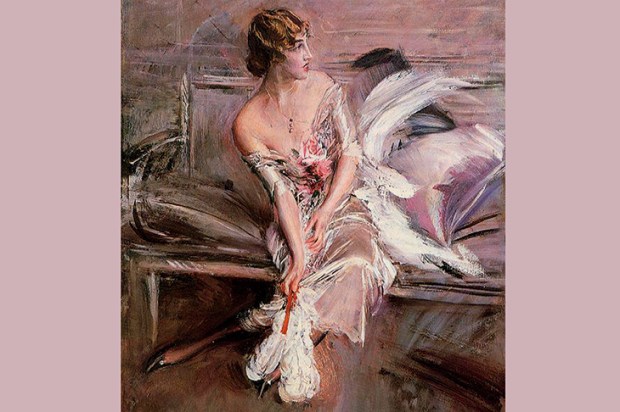
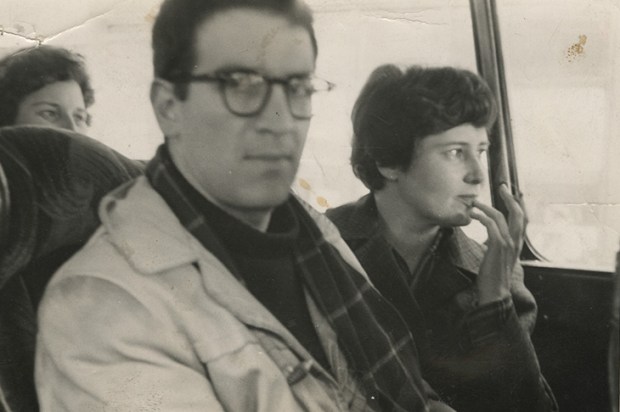


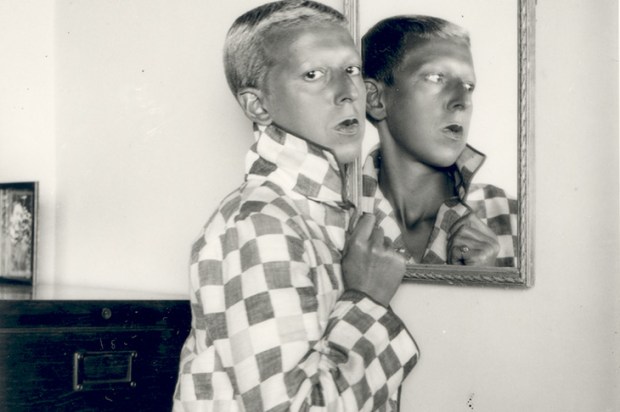
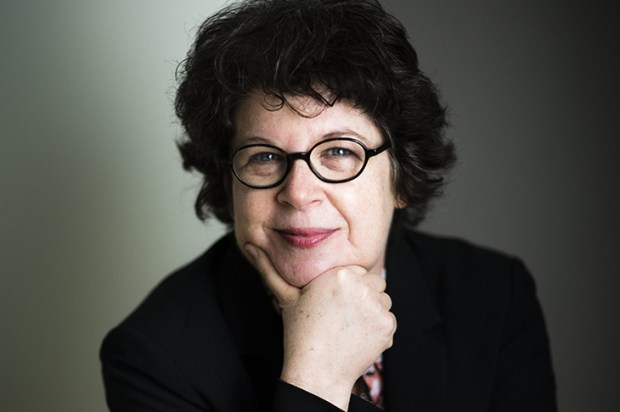






Comments
Don't miss out
Join the conversation with other Spectator Australia readers. Subscribe to leave a comment.
SUBSCRIBEAlready a subscriber? Log in